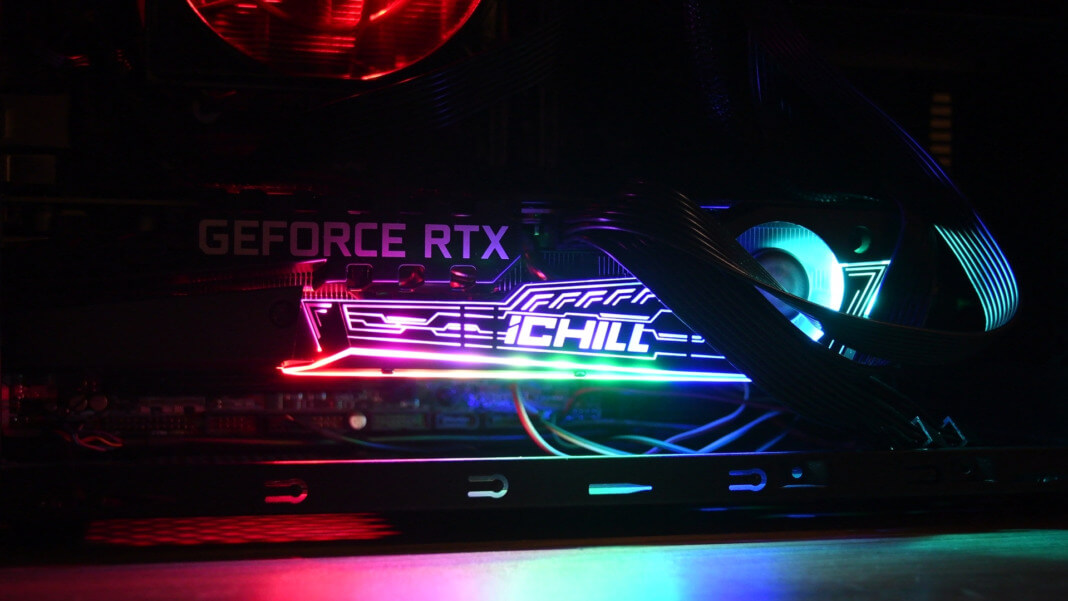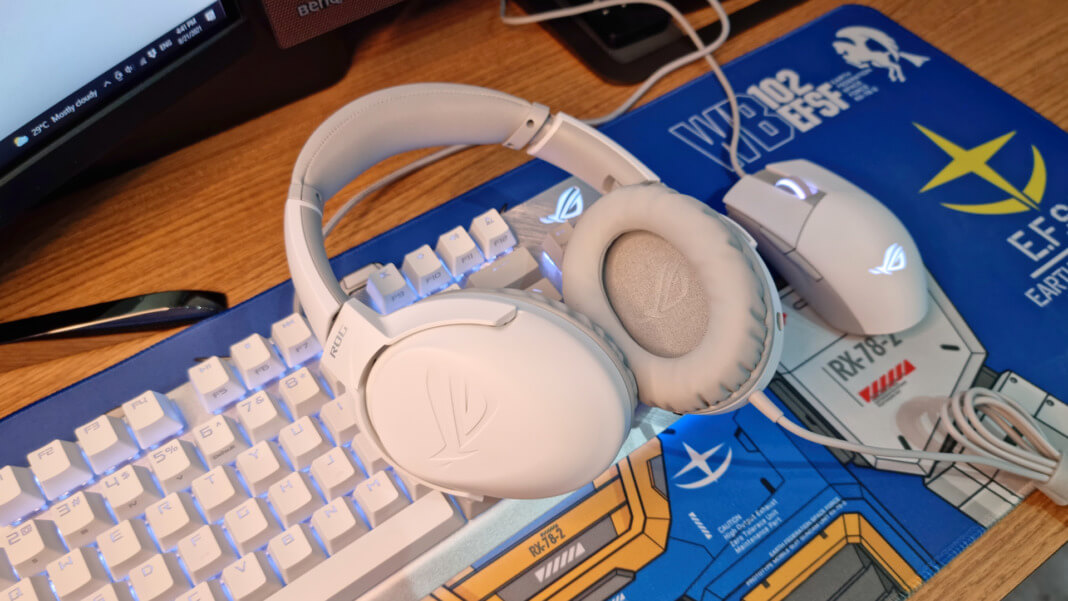The most fantastic graphics card right now could be the one you discover that isn’t being resold for triple the price on the internet. Unfortunately, due to worldwide stock shortages, locating a video card has become nearly tricky. Given how slowly things appear to be improving, acquiring a hard-to-find property may need some effort and patience.
So, why is there such a scarcity of GPUs nowadays? Well, there are a few things. The most significant problem right now is COVID-19-related supply chain difficulties. In addition, the advent of bitcoin mining has also contributed to the scarcity of older video cards.
For a long time, you were more likely to get struck by lightning than discover an Nvidia GPU; however, it appears that newer RTX cards are making their way into actual retail locations.
The new Radeon RX 6600 XT debut has piqued curiosity, as both Nvidia and AMD have re-energized the video card market, keeping costs low and innovation high.
So far, the Nvidia Ampere generation has wowed. The Nvidia RTX 3080 and Nvidia RTX 3070 are two of the best graphics cards available, with AMD’s RX 6800 XT eclipsing some of the RTX 3080’s excellent graphical capabilities.
However, you may still be unsure about which graphics card is best for you. Don’t worry; we’ve got you covered with this handy guide on the top graphics cards on the market right now.
Nvidia GeForce RTX 3080
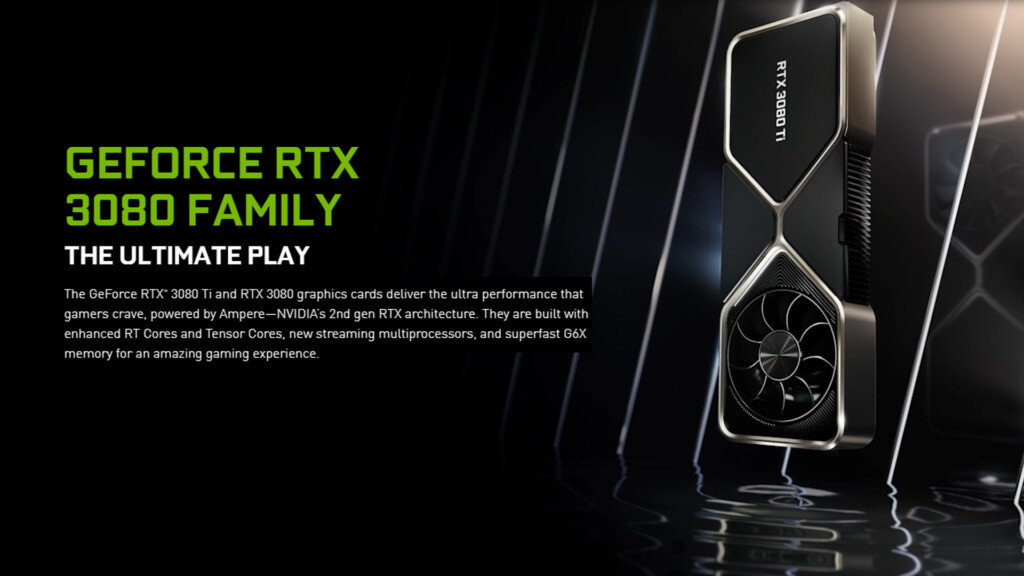
The updated and enhanced Ampere architecture is used on Nvidia’s GeForce RTX 3080. It’s nearly 30% quicker than the previous-generation 2080 Ti while costing less. Unfortunately, the new RTX 3080 Ti could not displace the incumbent due to its substantially higher price. This is the card to purchase if you’re serious about maxing out all of the graphical settings and playing at 4K or 1440p – it’s generally overkill for 1080p gaming. However, activating all ray tracing effects in games that support the capability makes 1080p still acceptable.
If you missed out on the initial batch of RTX GPUs, the RTX 30-series might be your ticket to ray tracing. With potentially two times the ray tracing performance of Turing and titles like Cyberpunk 2077 that employs even more ray tracing effects, the RTX 3080 is your best chance for enjoying ray traced games without blowing your financial account.
Ampere also adds better tensor cores for DLSS, a technology we’ll see more of in future games, given that it doesn’t require per-game supercomputer training. We’re seeing a lot more games utilizing DLSS 2.0 these days, thanks to the fact that it’s only a toggle and UI change in Unreal Engine to get it running. Nvidia’s RT and DLSS performance is far better than AMD’s new RX 6000 cards, which is good because Nvidia may lag in conventional rasterization performance.
The most outstanding issue with the RTX 3080 will almost certainly be getting one in stock at a reasonable price. Despite the 3080 Ti’s hefty price, it remains our top selection for a fast GPU right now.
AMD Radeon RX 6800 XT
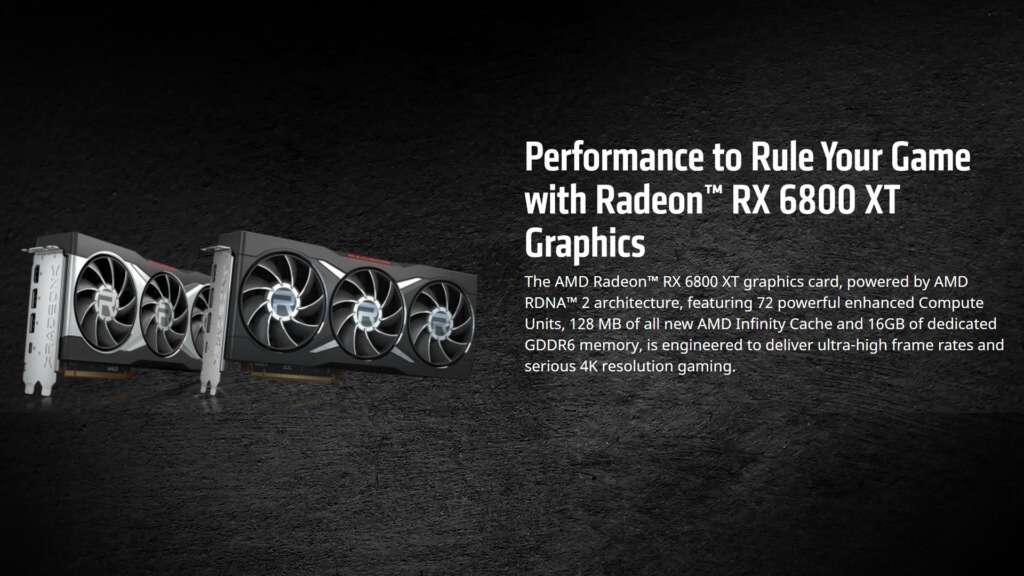
There have been few better red team alternatives to Nvidia’s high-end graphics cards than the RX 6800 XT. Finally, a highly competitive card that comes so close to its opponent, with just a slight performance difference from the RTX 3080, is an enthusiast card worth considering for any PC gamer interested in 4K.
It’s a close choice between it and the RTX 3080, but with the finishing touches according to the RTX, the latter beats AMD to the punch. The RX 6800 XT is less expensive than the RTX 3080 and offers better 4K performance with more VRAM. However, it’s easy to debate that the extra budget spent on the RTX 3080 was well spent as it’s a tiny amount to pay for enhanced 4K performance, ray tracing, and DLSS. Moreover, all are accessible right now, with two years of development support included.
Nonetheless, we’re huge admirers of what AMD has done with the RX 6800 XT, a return to form for the Radeon Technology Group that brings much-needed competition to the GPU market and provides a credible red team option for any high-end gaming PC setup.
Nvidia GeForce RTX 3060 Ti
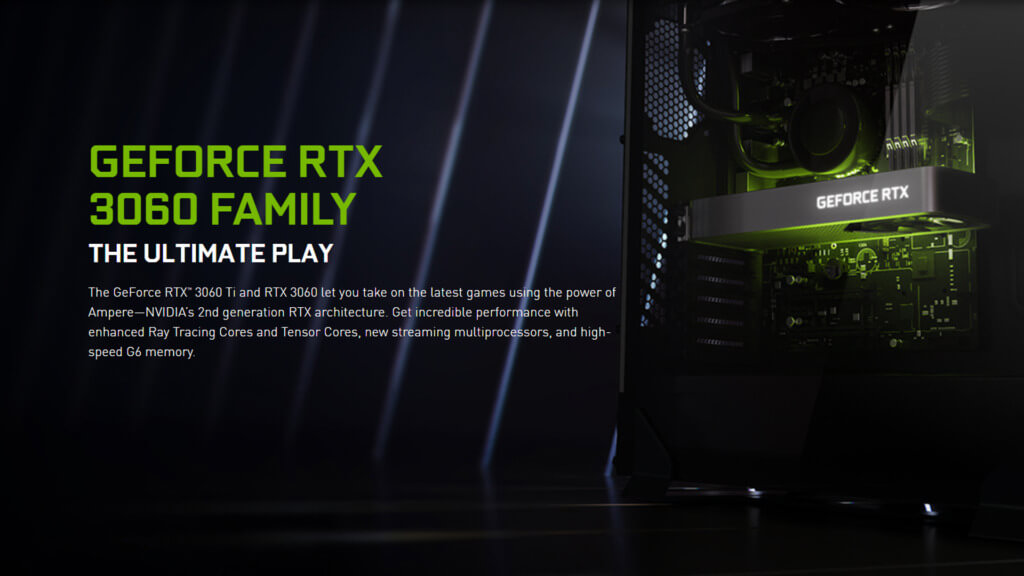
The RTX 3060 Ti, which is Ampere’s greatest value, is similar to the RTX 3070. Both use the same GA104 GPU (with fewer SMs enabled on the RTX 3060 Ti) and the same 8GB of GDDR6 RAM via a 256-bit bus.
While the RTX 3060 Ti has 17% fewer cores than the RTX 3060, it makes up for it with some clever GPU Boost frequencies. That helps to explain why, despite having a silicon disadvantage, the RTX 3060 Ti may be within 17% to only single digits of the RTX 3070.
If you haven’t previously done so, the math is as follows: The RTX 3060 Ti is cheaper than the RTX 3070; thus, performance per dollar is higher with the smaller graphics card. That’s why we like it so much: it’s a terrific GPU for a wide range of resolutions, and, thanks to second-generation RT Cores, it also has good ray tracing capabilities.
If the RTX 3080 or RTX 3070 are out of your budget, the RTX 3060 Ti is a good substitute. However, this graphics card’s most fantastic aspect is its comparison to the previous generation of 20-series cards: it outperforms the RTX 2080 Super in virtually every test.
Nvidia GeForce RTX 3070
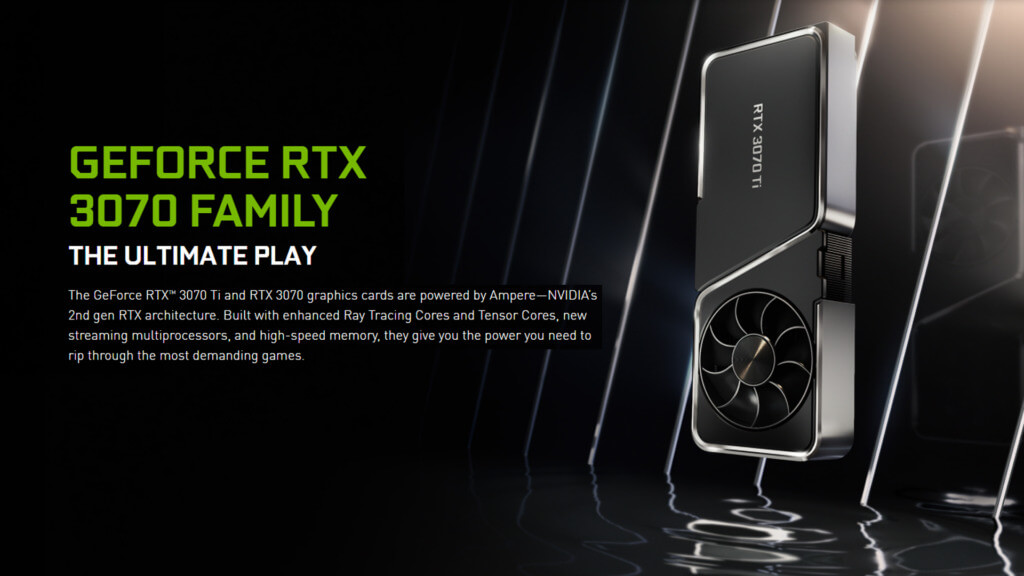
The RTX 3070 is maybe the only high-end Ampere that comes close to being reasonably priced, and it’s also noteworthy for being able to match the top-tier Turing graphics card, the RTX 2080 Ti, for less than half the price.
It’s certainly a substantial price, but it’s not expensive compared to today’s best graphics cards for PC gaming. In exchange, you’ll receive a 4K graphics card that requires a little tweaking to achieve decent, if not high, framerates. And there’s no doubt that it’ll look fantastic in 1440p.
The RTX 3070‘s game performance characteristics are undeniably impressive, but the whole Nvidia ecosystem behind the RTX stack today is what makes it our selection for the savvy PC gaming enthusiast. DLSS is an excellent technique for boosting performance with just a minor loss in clarity. Other features like Broadcast and Reflex go a long way to sweetening the bargain.
Nvidia GeForce GTX 1660 Super
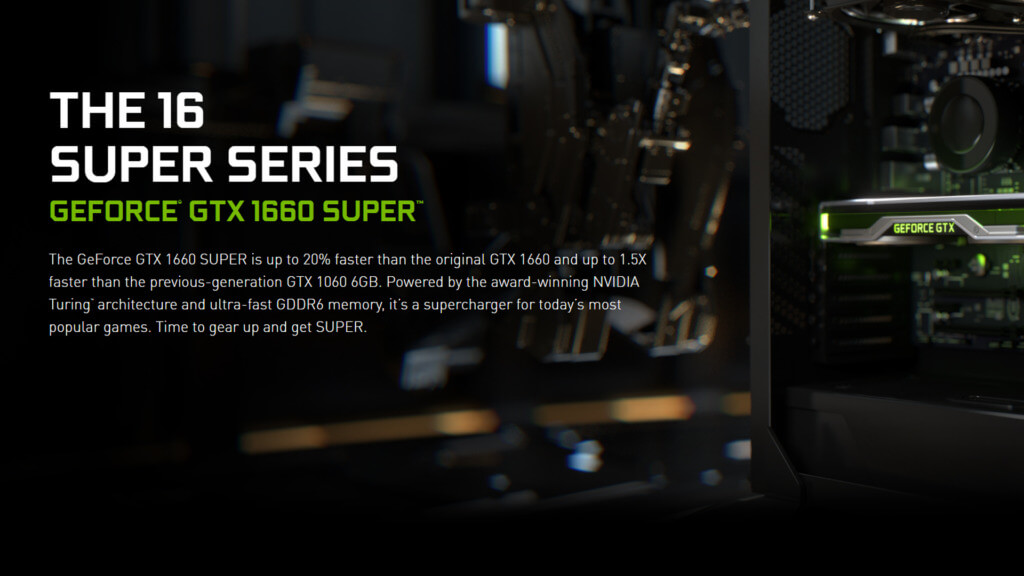
The GeForce GTX 1660 Super, the GeForce GTX 1660, or the RX 5500 XT are the primary options with a limited budget. They’re all excellent options, with the GTX 1660 Super 15% quicker than the standard 1660 and nearly 20% faster than the Nvidia RX 5500 XT.
The Nvidia card is superior when comparing the GTX 1660 to the RX 5500 XT, but the GTX 1660 Super is much better than the GTX 1660. We used to judge the RTX 2060 or RX 5600 XT as superior, but their costs have risen recently, making them less appealing.
Although the chips are produced on TSMC’s 12nm FinFET, the actual power consumption is nearly comparable to AMD’s Navi 14 chips made on TSMC’s 7nm FinFET. It speaks a lot that Nvidia is quicker and uses the same amount of power while using an earlier manufacturing node. The GTX 1660 Super offers the same level of performance as the previous GTX 1070 in a more efficient package. It also includes improved Turing NVENC, making it an excellent choice for streaming video.
The GTX 1660 Super’s primary disadvantage is that Ampere and Navi 2x cards may drop in price in the coming months. Depending on how the shortages persist or at least try to. In any case, you’re getting a lot more performance and functionality for the same money. The GTX 1660 Super is roughly as fast as a GTX 1070 while consuming less power, and it handles 1080p nicely, but the present market conditions make purchasing any card risky.
